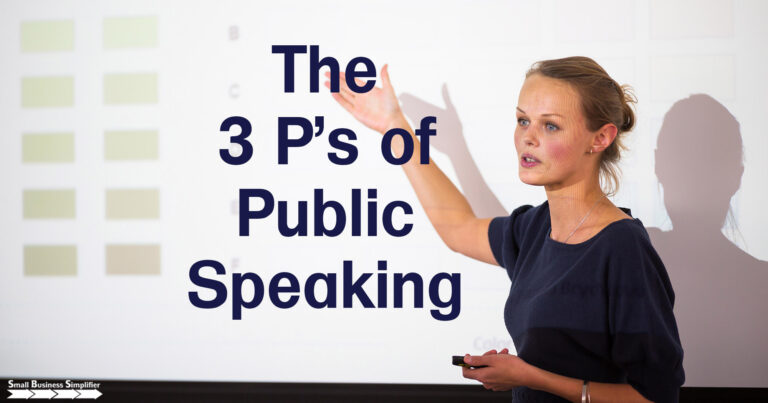Successful Speaking: Six Ways to Ensure You Are Understood
Have you ever given a presentation, tried to explain what you do, or taught a class, only to have it fall flat? Being sure you are understood, whether in a conversation or presentation, is critical to its success. It can seem a big challenge, but it really doesn’t have to be.
If you follow these six steps as you prepare and present, they will help you ensure you are understood by your listeners.

Six Ways to Ensure You Are Understood
-
Identify the Goal and Stay Focused on It
Before you begin preparing your presentation, decide what you want the outcome to be. What do you want your listeners to know and to DO as a result of your presentation? Once you are 100% clear on your goal, stay focused on that goal as you prepare and as you present.
-
Don’t Make Assumptions
One of the biggest hurdles speakers have to overcome is assuming their audience either knows certain things about the topic—or, worse yet, that they know absolutely nothing. Both assumptions will torpedo your presentation, and possibly, your reputation.
Your job, as the speaker, trainer or presenter, is to make sure your listeners know what you need them to know by explaining it clearly, concisely and respectfully. Making assumptions can make you look either arrogant or incompetent, so avoid the assumptions. Think about how you would want to feel as an audience member, and use that as your guide.

-
Ditch the Jargon
This goes along with point number two. When we use jargon in speaking, we either expect our listeners to have a specific level of knowledge, or we want to impress them with our expertise (often unconsciously). A far better way to engage your audience is to explain your subject in layman’s terms. When your audience knows you will communicate on their level it goes a long way toward establishing yourself as the expert or authority. They will feel they can trust you to help them understand what you need them to understand. Not having to ask you to explain what industry-specific terms mean will boost their confidence in working with you.
-
Encourage Questions and Alternative Viewpoints
Be approachable. Whether you’re speaking from the stage, or teaching in a small-group setting, make it clear that you welcome questions and alternative viewpoints as part of your presentation. You don’t have to stop in the middle; you can let participants know there will be a Q-and-A or comment period at the end. Allowing participants to freely ask questions encourages engagement and fosters understanding. This feedback is essential to your success and your improvement.
Another benefit of encouraging questions and comments is that the feedback will help you learn whether your presentation is clear and complete. Listening to your attendees’ questions will help you see where you may need to improve and clarify your message.

-
Listen Before Responding
When you invite questions and feedback, listen to them completely before responding. Take a moment to be sure you understand what they are asking. Then you can respond appropriately and ensure you are understood AND you understand and validate their concerns. Showing your listeners they are important to you encourages them to want to understand and engage with you.
-
Know that You are Responsible for Helping your Listeners Understand
If you give a presentation or teach a class and everyone leaves frustrated, disengaged, confused, or even bored, you have not done your job to help them understand your topic. Ensuring you are understood does not mean everyone will be on board and agree with you.
It is your job as a speaker to present your topic clearly enough for the majority of your listeners to understand and engage with you. While your listeners also have a responsibility to engage and try to understand, you as the speaker need to be attentive to your listeners and watch to see if you are helping them to do that.
Improving your speaking skills can also help you improve your ability to ensure your listeners understand you. Joining an organization like Toastmasters is one fun and simple way to do that.
Following these steps will help you help your listeners to understand your message, and make your presentation a successful one. After all, the goal of speaking or presenting should not just be to “get through it,” but to ensure you are understood and have helped your listeners achieve the results you planned for.







